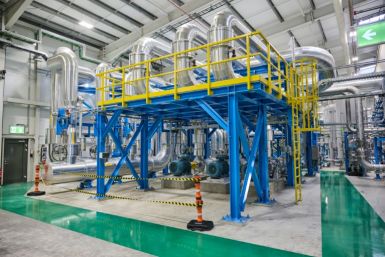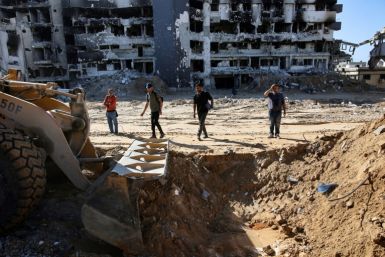Australia’s Construction Sector: A Mixed Picture of Growth
A number of leading indicators have painted a mixed picture of Australia's construction industry over the first half of the year, according to a report by Research and Markets.
While infrastructure activity appears to be holding up relatively well, residential and non-residential building - residential and commercial construction specifically - seems to be weak and declining.
Overall, BMI are still expecting a slowdown to take hold, with growth of just 0.8 per cent year-on-year (y-o-y) for the industry as a whole. Despite this weak near-term outlook, over the longer term (to 2015) BMI are more optimistic.
The report also revealed the value of construction work carried out in the first quarter of 2011 was weak in terms of quarter-on-quarter (q-o-q) activity, growing by just 0.7 per cent. Non-residential construction was by far the worst performer, contracting significantly both q-o-q and y-o-y. Residential construction was also weak on a q-o-q basis, although it was strong y-o-y, indicating a mixed picture. Engineering work continued to grow strongly, especially y-o-y.
This growth scenario is reflected in the first quarter gross value added data. On a y-o-y basis, construction industry value grew by 7 per cent, indicating robust activity; however the sector is definitely trending towards a slowdown, with q-o-q activity growing by just 1.2 per cent.
The Performance of Construction Index, compiled by the Australian Industry Group, contracted for the 13th consecutive month in June. The index takes into account new orders, activity and employment in the sector.
While declines in activity were felt across the board, construction of apartments was the worst performer, with engineering having the slowest rate of decline. New orders also reflect this trend, with residential and construction orders the worst affected. The best performing, in line with trends seen in other indicators, was engineering, which - despite also contracting - only witnessed a fourth month of consecutive decline.






